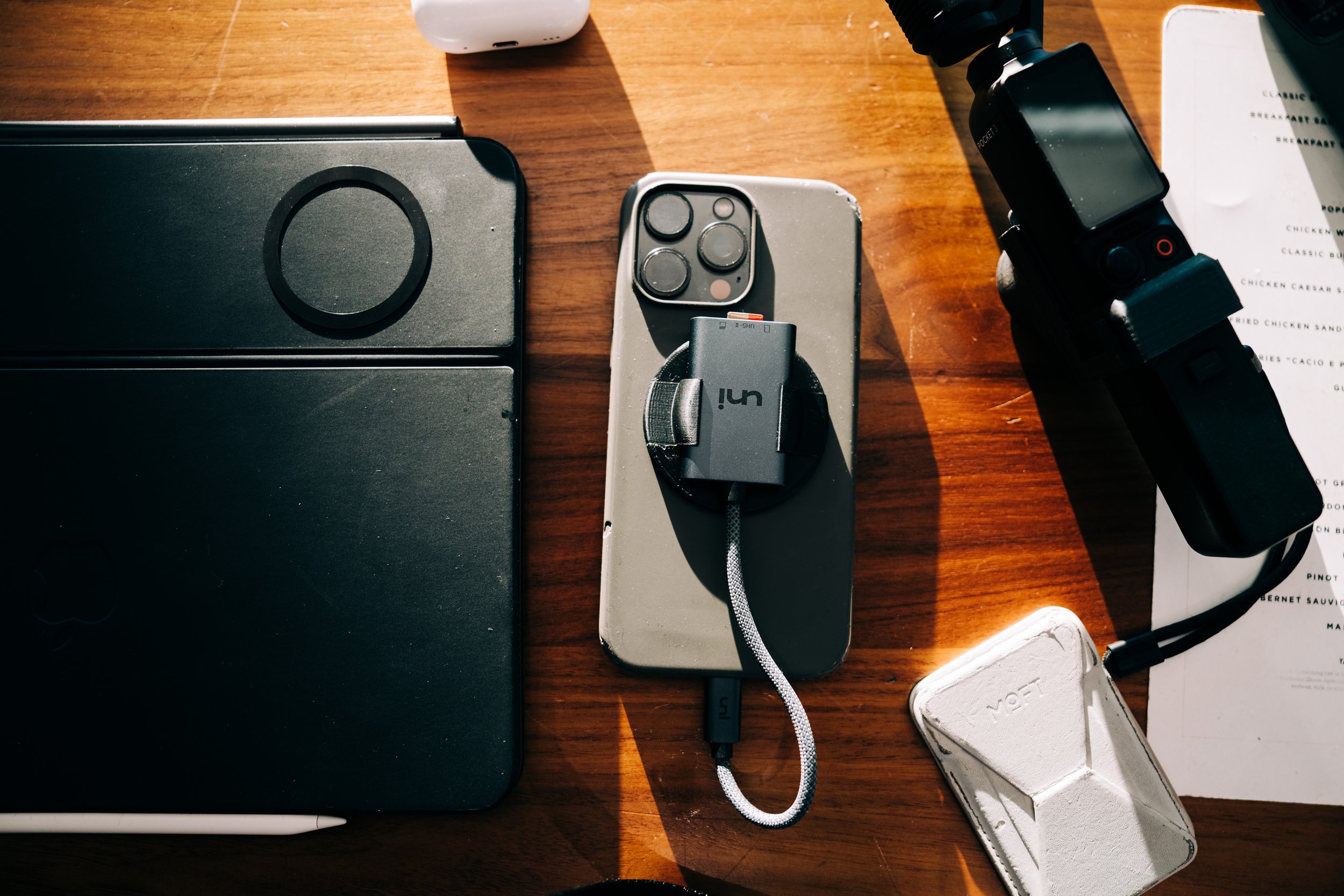A Comprehensive Guide to Developing Color 35mm Film at Home
Are you a passionate analog photography enthusiast looking to dive into the world of 35mm film development? You've come to the right place! There are many different brands, solutions, chemicals, and methods for developing your film, but in this guide, we’ll go over how I develop. Developing your film at home is an enriching experience that adds an extra layer of creativity to your photography journey. I will walk you through the entire process of developing 35mm film at home, ensuring you achieve the best possible results. Today we will be specifically talking about developing C41 color film. I’ll be working with Cinestills C41 Color Developing Kit.
Gather Your Supplies
Before getting started, you'll need some essential supplies for developing your 35mm film. I will be talking about what I use, but you are welcome to explore other options. Find your list of supplies in this link!
Prepare Your Workspace
Choose a clean, well-ventilated, and clutter-free space for developing your film. A bathroom or kitchen usually works well, but please sanitize and clean up any chemicals immediately. Ensure that you have a sink nearby for rinsing and washing purposes. Get all your items out to prepare for mixing. Start heating a bath of water with your Sous Vide. Set the temperature based on what your chemical asks for.
Mix the Developer and Bleach Fix (Blix)
Follow the instructions from your film developer and blix to mix the required amount with distilled water. Make sure you get the temperature right, as it affects the development time. For Cinestills Color Developing Kit, the temperature is 104ºF for both. Pour the developer and blix into separate chemical bottles and place them back into the hot water bath.
Load the Film onto the Reel
This step usually needs a very dark setting except for the lab-box. Using a changing bag, lab box, or darkroom, carefully load your film onto the reel, ensuring there are no kinks or overlapping. Once the film is wound onto the reel, place it inside the development tank, and secure the lid. I use the lab-box which makes the process so easy since you do not need to load in the dark like the other methods.
Develop the Film
This is where the magic begins. Pour the developer into the tank and agitate the film according to the developer's instructions. Timing is crucial, so use a timer or stopwatch to keep track. I’ve created a timer that does all the work for you called Film Developer Timer Pro. The timer app keeps track of blix and developer steps and automatically adjusts the time following the 2% rule which is recommended as your chemical slowly deteriorates. When the development time is up, quickly pour out the developer back into and rinse the film with water.
Apply the Blix (for Color Film Development)
If you're developing color film, you'll need to use a bleach fix, or "Blix," solution instead of a separate stop bath and fixer. Pour the Blix into the tank, agitate, and let it sit for the recommended time. For Cinestill’s kit, they state 8 minutes. This step serves the dual purpose of bleaching and fixing the film. Afterward, pour out the Blix back into its chemical container. You can expose the film to light now. Rinse the film under running water for 3 minutes.
Photo Flo and Dry the Film
Agitate the film with photo flo for 30 seconds. Once complete, pour out the photo flo and remove the film from the reel. You can decide to squeegee the film or not. I noticed it does dry faster when I squeegee and it also has less dust on it. Use film clips or hangers to hang it up to dry in a dust-free environment for a few hours.
Scan or Print Your Negatives
Once the film is dry, you can cut and store your negatives, scan them to create digital copies, or use an enlarger to print your images on photographic paper. I usually scan the film before cutting it. To learn how to scan, please go to the next section on scanning.




